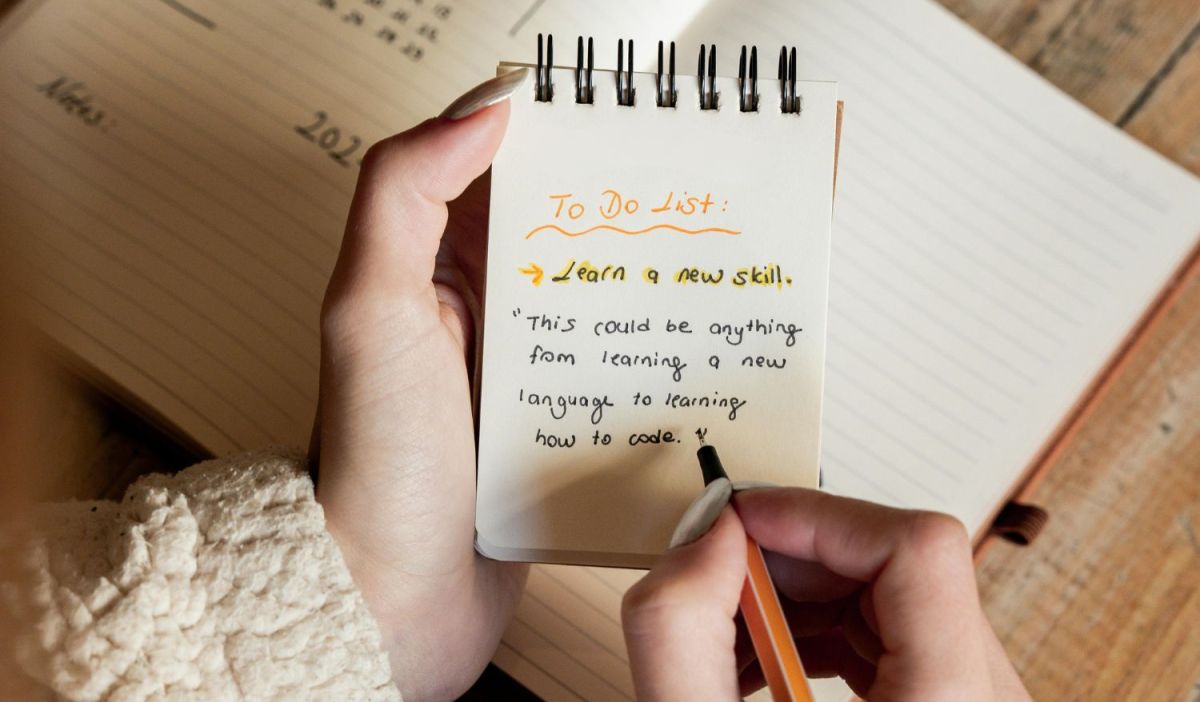Mastering Prioritisation Skills for Students: A Guide to Academic Success

In today’s fast-paced world, students juggle multiple responsibilities – from schoolwork and extracurricular activities to social commitments and hobbies. Without proper prioritisation skills, it’s easy to feel overwhelmed. At ClassTutor, we know that learning how to prioritise effectively can help students achieve their goals, reduce stress, and build essential life skills. Understanding how to identify important tasks and tackle them efficiently is key to academic and personal success.
Why Prioritisation Matters
Prioritisation isn’t just about completing tasks – it’s about recognising what truly matters and handling it efficiently. For students, mastering this skill provides numerous benefits:
- Time Management: Ensures enough time to complete assignments and study without last-minute stress.
- Stress Reduction: Helps break tasks into manageable steps, preventing the pressure of last-minute cramming.
- Academic Success: Allocating more time to challenging subjects can significantly improve performance.
- Life Balance: Allows time for relaxation, hobbies, and social activities, promoting mental well-being.
By developing strong prioritisation skills, students can create a structured approach to their responsibilities, leading to better focus and higher efficiency.
5 Steps to Master Prioritisation
1. Make a Comprehensive To-Do List
The first step to effective prioritisation is knowing exactly what needs to be done. A detailed to-do list gives students a clear overview of their tasks and deadlines.
Breaking down larger tasks into smaller, manageable steps makes them easier to tackle. For instance, instead of writing “Revise for maths test,” break it down into specific actions like “Review algebra formulas” and “Solve five practice problems.” This approach prevents procrastination and provides a sense of accomplishment with each completed task.
Using tools like Todoist, Google Keep, or a simple notebook can help students keep track of their responsibilities in an organised manner.
2. Identify High-Priority Tasks
Not all tasks hold equal importance. Students should assess their to-do list and rank tasks based on urgency and significance.
A helpful method is the Eisenhower Matrix, which categorises tasks into four quadrants:
- Urgent & Important: Tasks that require immediate attention, such as an assignment due tomorrow.
- Important but Not Urgent: Tasks that should be scheduled in advance, like studying for an exam next month.
- Urgent but Not Important: Tasks that can be delegated or completed quickly, such as small errands.
- Not Urgent & Not Important: Tasks that can be eliminated or postponed, like excessive social media use.
By focusing on the most critical tasks first, students can avoid last-minute stress and improve productivity.
3. Create a Realistic Schedule
Once priorities are clear, students should allocate specific time slots for each task. A well-structured schedule ensures tasks are completed without rushing or neglecting important responsibilities.
Using a planner, digital calendar, or time-blocking techniques can be beneficial. For example, a Year 11 student preparing for GCSEs might dedicate two hours in the evening to revising a challenging subject, followed by a 30-minute review session for an easier topic. Sticking to a structured routine builds consistency and enhances retention.
4. Learn to Say No
Overcommitting to activities can lead to burnout and poor performance. Students need to learn when to say no to non-essential commitments that interfere with their academic goals.
For instance, if a student has a major exam coming up, it’s okay to skip an optional club meeting to focus on studying. Evaluating commitments based on their impact on long-term goals is essential for maintaining balance and productivity.
5. Review and Adjust Regularly
Prioritisation is not a one-time effort – it’s a continuous process that requires regular reassessment. At the end of each day or week, students should evaluate what they accomplished and adjust their schedules accordingly.
If a project due in two weeks suddenly becomes more pressing, it should move from the “schedule for later” category to a high-priority task. Making these adjustments ensures that students remain on top of their workload without unnecessary stress.
Common Mistakes and How to Avoid Them
Even with the best intentions, students often fall into common prioritisation traps. Here’s how to avoid them:
Overloading the Schedule: Trying to do too much in one day leads to frustration. Stick to 3-5 high-priority tasks daily to maintain focus and efficiency.
Procrastination: Leaving important tasks until the last minute results in rushed work and added stress. Setting self-imposed deadlines earlier than actual due dates can help.
Focusing on Easy Tasks First: While tempting, prioritising simple tasks over important ones can lead to neglected priorities. Tackling difficult subjects when energy levels are highest is more effective.
How ClassTutor Can Help
At ClassTutor, we understand that prioritisation is a learned skill that takes time and practice. Our expert tutors can support students in:
Developing personalised study schedules that align with their academic goals.
Teaching techniques to break down complex assignments into manageable steps.
Helping students balance academic and extracurricular activities without feeling overwhelmed.
By working with ClassTutor, students gain the essential skills they need to stay organised, focused, and ahead in their studies.
Final Thoughts
Mastering prioritisation skills is a game-changer for students. It helps them manage their time efficiently, reduce stress, and focus on what truly matters. By setting clear goals, structuring their workload, and staying adaptable, students can achieve more with less effort.
Ready to help your child succeed? Contact ClassTutor today to learn how our tailored tutoring programs can support their academic journey while teaching essential life skills like prioritisation. Let’s make success simpler, one task at a time!

